The winners of the 2020 Golden Pin Concept Design Award have been revealed, with 60 outstanding innovative concept design entries receiving the honor. The Golden Pin Concept Design Award saw explosive growth in the number of entries in this year’s event with a record-breaking total of 5,348 entries from 24 different countries and regions around the globe; the level of competition has never been so high. After a rigorous judging process during the Preliminary and Secondary Selections in July and August, 60 outstanding entries from Taiwan, China, Hong Kong, Singapore, Japan, India, South Korea, the U.S., and Italy were chosen from among the 305 entries that made the Secondary Selection shortlist to receive the Golden Pin Concept Design Mark. The Final Selection will take place on September 16 and 17 in Taipei, where the three Best winners of the Golden Pin Concept Design Award—the highest honor—will be chosen from among the Design Mark recipients, along with the winner of this year’s Special Award, the “ConceptD Award,” which encourages designers to boldly pursue innovation and creativity.
The Secondary Selection for this year’s Golden Pin Concept Design Award required the submission of design proposals instead of physical models for evaluation. The purpose of this change was to encourage up-and-coming designers to propose innovative designs and creative ideas while incorporating realistic considerations of the potential for mass production and solutions for concept realization. The organizer increased the number of Design Mark recipients this year to 60 in order to elicit more creative concept designs. Among the 60 Design Mark recipients, 26 were in the Product Design category, 21 in the Communication Design category, 9 in the Spatial Design category, and 4 in the Integration Design category.
Jury’s Comments
The jury noted that there are quite a few innovative and experimental concept designs among this year’s award winners that offer imaginative solutions to issues in everyday life, the current market, or society. For example, many of this year’s award winners were creative design solutions proposed for issues involving disaster prevention and medical environments. They also noted the diversity of entry categories and themes in this year’s competition, the designers’ careful observation of major issues in everyday life and society, and their ambition to introduce change through creative design.
Diane Shen, jury member and creative director of Business Models Inc., observed that a comprehensive look at the trends in this year’s entries shows that many entries in the Communication and Integration Design categories are an exploration of personal identity and connection with others through creative design, and some have come up with brilliant interpretations of self-identity and cultural essence. Many entries also adopted circular design principles; some even incorporated the novel concept of seamlessly transferring a share of social responsibility to the consumer on a technical level. They look forward to seeing even more creative design in the future that will breathe new life into the industry.
What makes a concept design stand out to the jury? Andrew Wong, creative director of Onion Design Associates, says that the high aesthetic level of this year’s entries means that design aesthetics was only one of the basic criteria. In their evaluation of concept design entries, the jury places emphasis on innovation and experimental qualities. Mistroom Design Director Yu-Jui Peng and Business Models Inc. Creative Director Diane Shen both noted that it is critical for the entries to redefine problems or reinterpret them from different angles and then find innovative approaches to solutions. Another evaluation criterion is the ability of the solution to bring about a change of attitude towards life, commercial value, social impacts, etc.
The Highlights of this Year’s Design Mark Winners

❚VOID
Designer(s): Ching-Fei Cheng, Ting-Yu Hsu, and Hsuan-Chih Hsu (Taiwan)
Category: Product Design
VOID redefines speaker design to let the user enjoy a visual and auditory experience that immerses them in an imaginary world guided by the music. Equipped with a pair of full-range speakers, two tweeters and a woofer, VOID has a compact but balanced stereo system powerful enough to fill the room with quality sound. But by simultaneously accompanying the music with staggering visuals and intimate interactions, VOID becomes a functional art piece which stimulates the imagination of a world of music in the user’s mind.
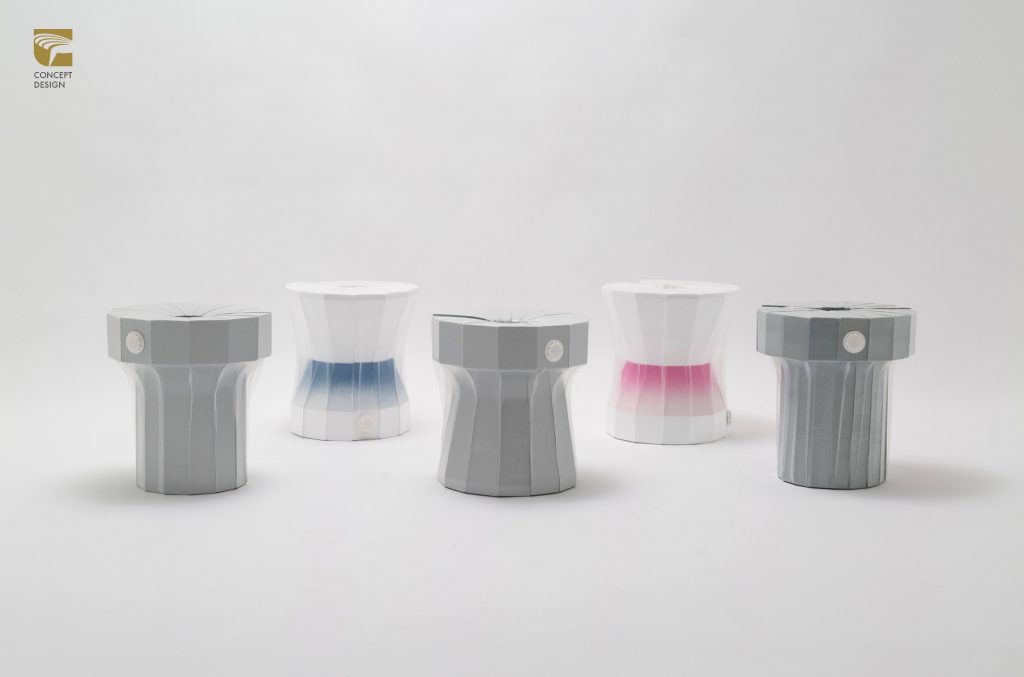
❚Air Form
Designer(s): Xiu-Lai Zhou (Japan)
Category: Product Design
Air Form was created by designer Xiu-Lai Zhou from Musashino Art University. Zhou was inspired by vacuum storage bags to come up with a stool that takes its intended three-dimensional form once air is drawn out from a valve to create an air pressure differential. The stool was greatly praised by the jury as putting it together requires no adhesives or small parts, making it an aesthetic and innovative “Mingu” (item used for everyday life) that is both practical and easy to use.
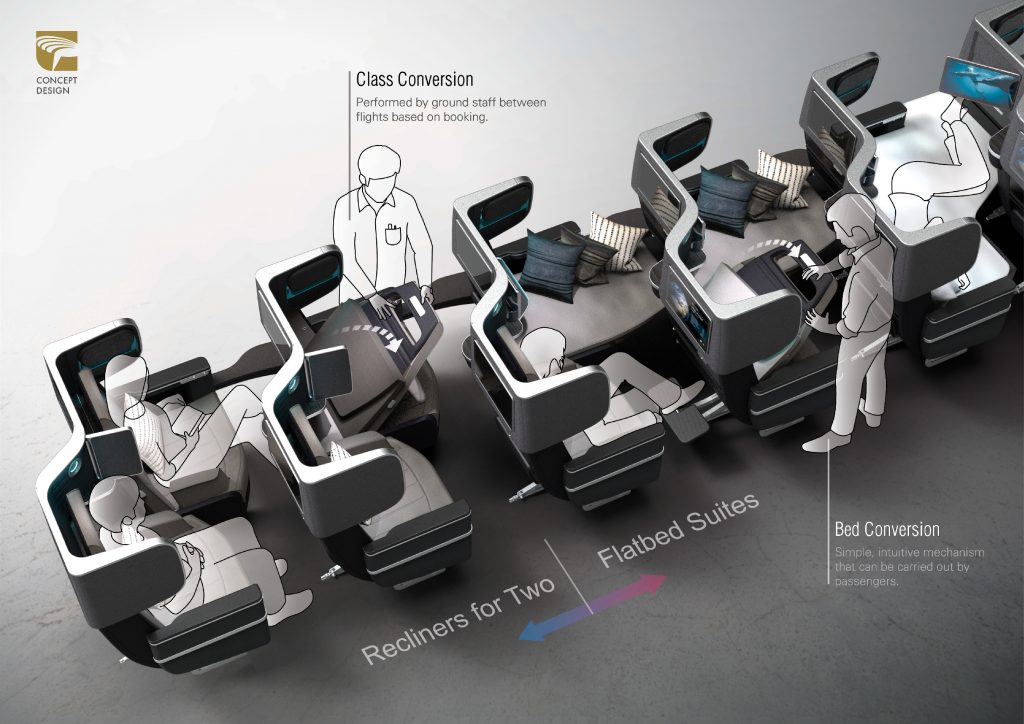
❚Butterfly Flexible Aircraft Seat
Designer(s): Butterfly Flexible Seating Solutions Limited (Hong Kong)
Category: Product Design
The Butterfly Flexible Aircraft Seat is a concept design for a flexible seating solution that enables airlines to adjust the cabin configuration based on the demand for each flight. Each Butterfly unit is composed of two recliner seats in a staggered arrangement. Folding the inboard seat down creates a private business class suite for one passenger complete with a seat and a side couch, while folding down the outboard seat as well forms a spacious bed to lie flat diagonally. It can make efficient use of the cabin space while improving the passenger experience.
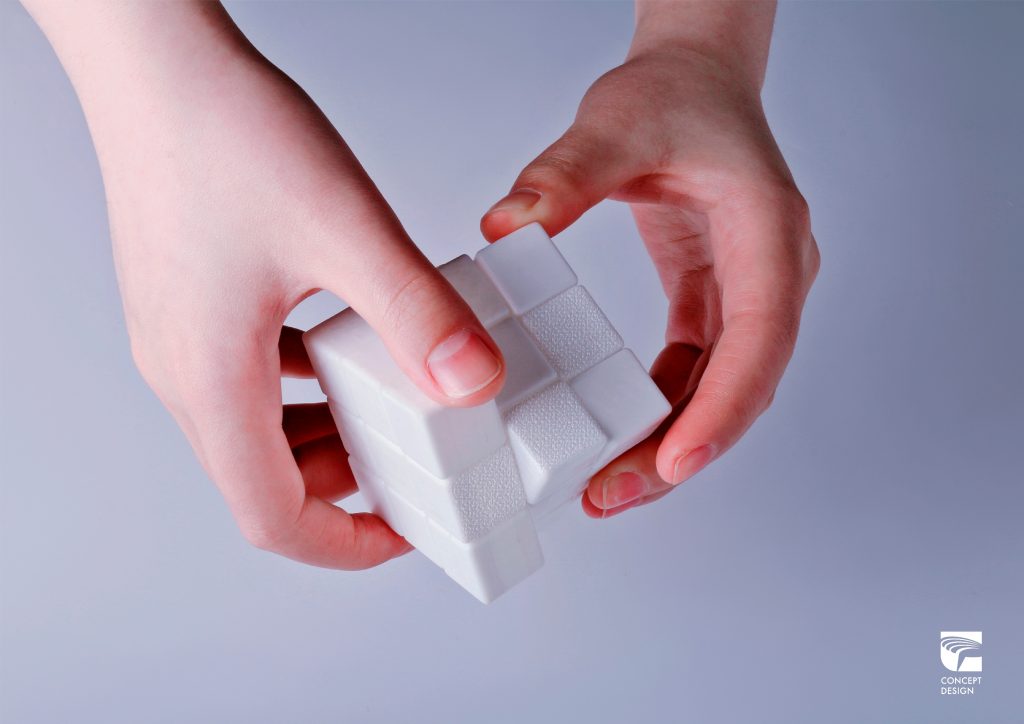
❚“White” Tactile Cube
Designer(s): Lei Chen, Jian-Feng Yue, Kun Li, Wei-Lu Zhao, Yi-Bo Ma, Si-Yan Wang, Li-Cong Huang & Pei Peng (China)
Category: Product Design
Another entry in the Product Design category is the “White” Tactile Cube, a tactile Rubik’s Cube designed for the blind by a team led by Chinese designers Lei Chen, Jian-Feng Yue, and Kun Li. The cube is made using six materials with different tactile qualities, which provide the visually impaired with an enhanced tactile experience. This simple yet clever concept design has left quite an impression on the jury members.

❚SERAF—Intelligent UAV Fire Extinguishing System
Designer(s): Wu-Chi Chen & En-Hao Chen (Taiwan)
Category: Product Design
SERAF is an automatic firefighting drone system designed by firefighter Wu-Chi Chen and designer En-Hao Chen for use in large factory environments. It is designed to automatically perform tasks based on preset parameters, providing factories with a more efficient firefighting solution at a relatively low cost.
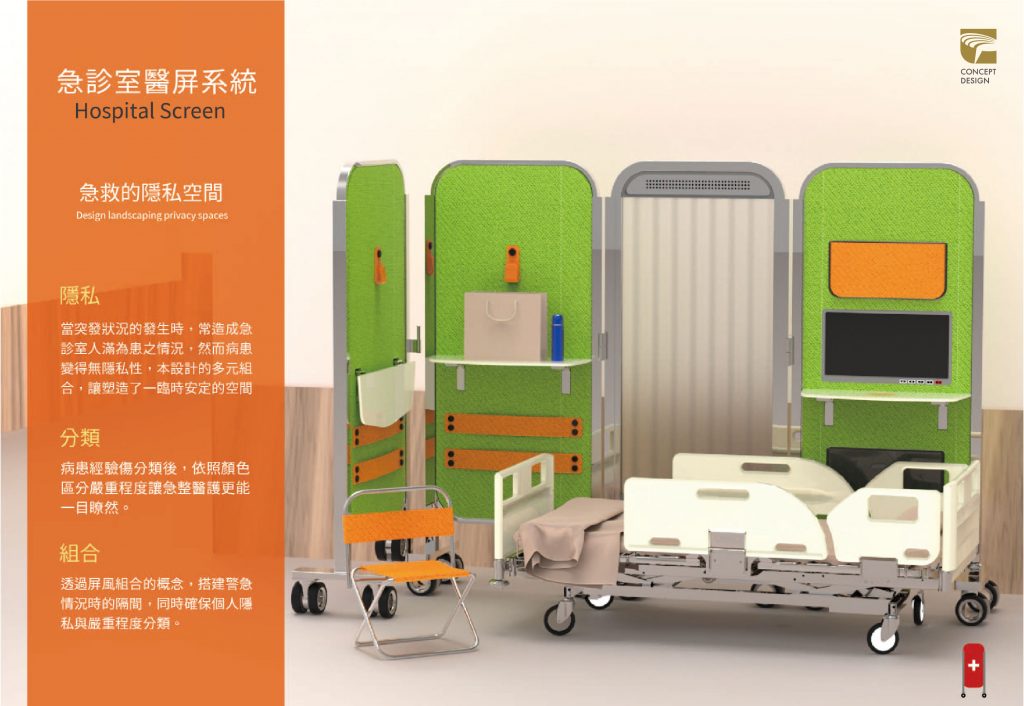
❚The Hospital Screen
Designer(s): Shuo-Heng Jian & Pin-Cheng Bao (Taiwan)
Category: Product Design
The Hospital Screen is a multifunctional medical screen that can be used to quickly create separate spaces for medical diagnosis and treatment, solving the issues of overcrowding and understaffing in Taiwan’s emergency rooms and allowing emergency room patients to receive adequate rest and medical care.
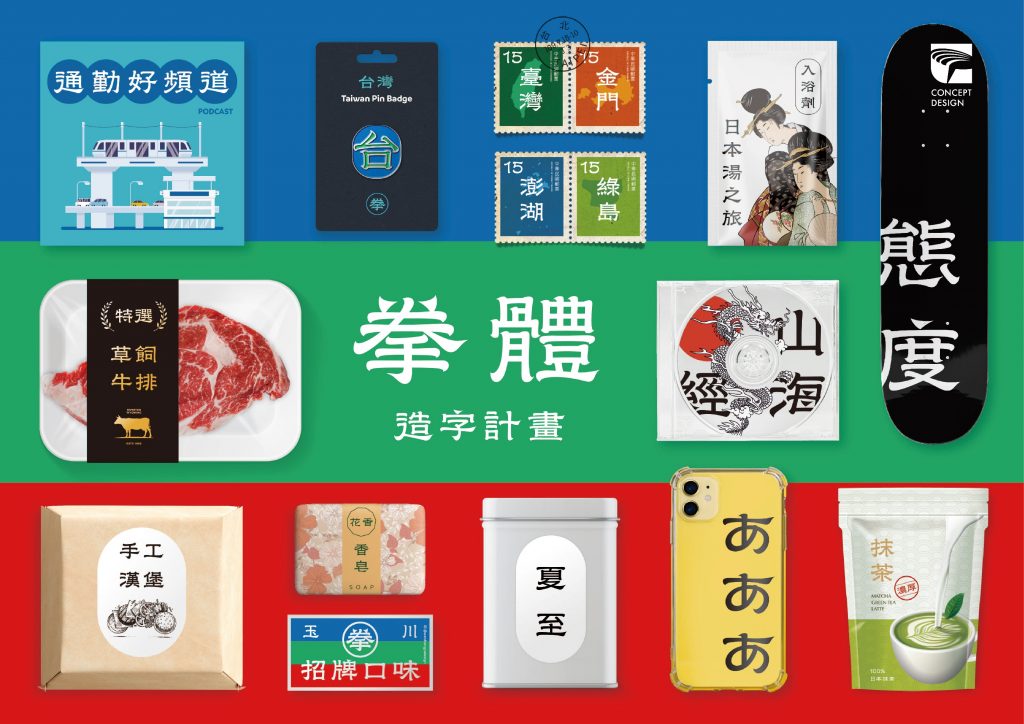
❚Fist Font
Designer(s): Wenhengju Design Co. (Taiwan)
Category: Communication Design
Fist Font was designed by Wenhengju Design Co., whose entry Wind Font received a Design Mark in last year’s Golden Pin Design Award. Currently seeking crowdfunding, this traditional Chinese font is a fusion of the clerical script (Lishu style) and the swallowtail eaves of Taiwanese temples. The sharp hooks and turns of its strokes are as powerful as a fist, and its design combines traditional sophistication with a modern flair. It’s expected to see how this brand-new Taiwanese aesthetic will change the look of printed text.
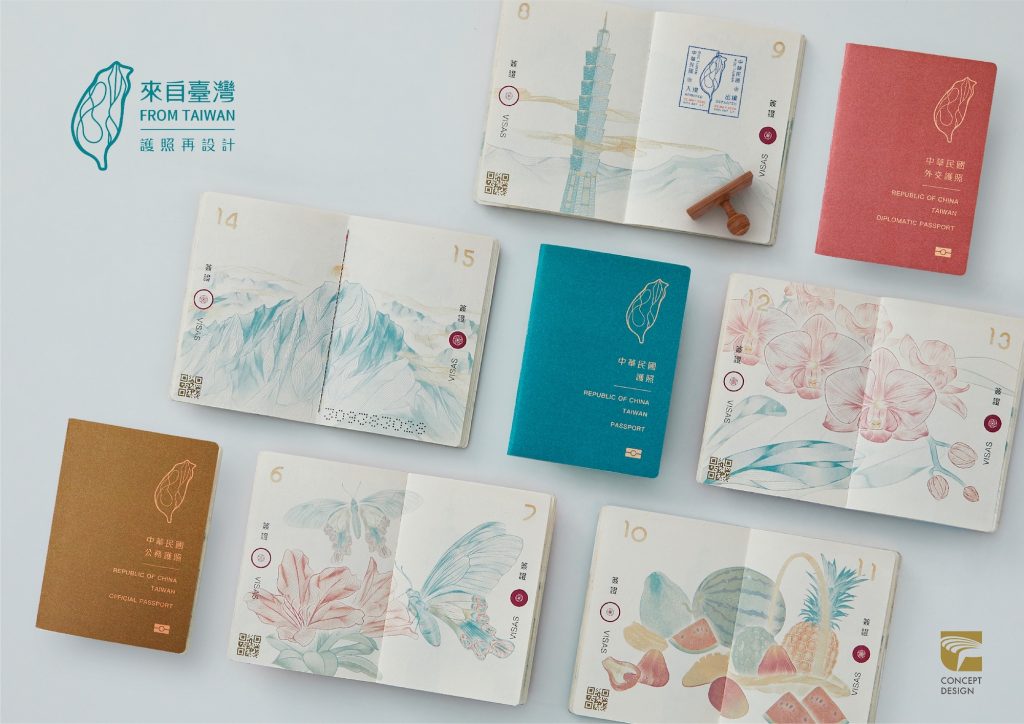
❚From Taiwan
Designer(s): Chun-Hao Hsu, Ya-Xin Tsai, and Ya-Chu Hsu (Taiwan)
Category: Communication Design
From Taiwan is a conceptual passport redesign proposal to increase Taiwan’s global visibility through the redesigned passport. The design team cleverly developed a series of Taiwanese-themed graphics for the passport pages using the special anti-counterfeiting pattern in the original passport design, thereby turning a potential hindrance into a source of creativity. The team has also created interactive augmented reality animations with different themes for the passport.
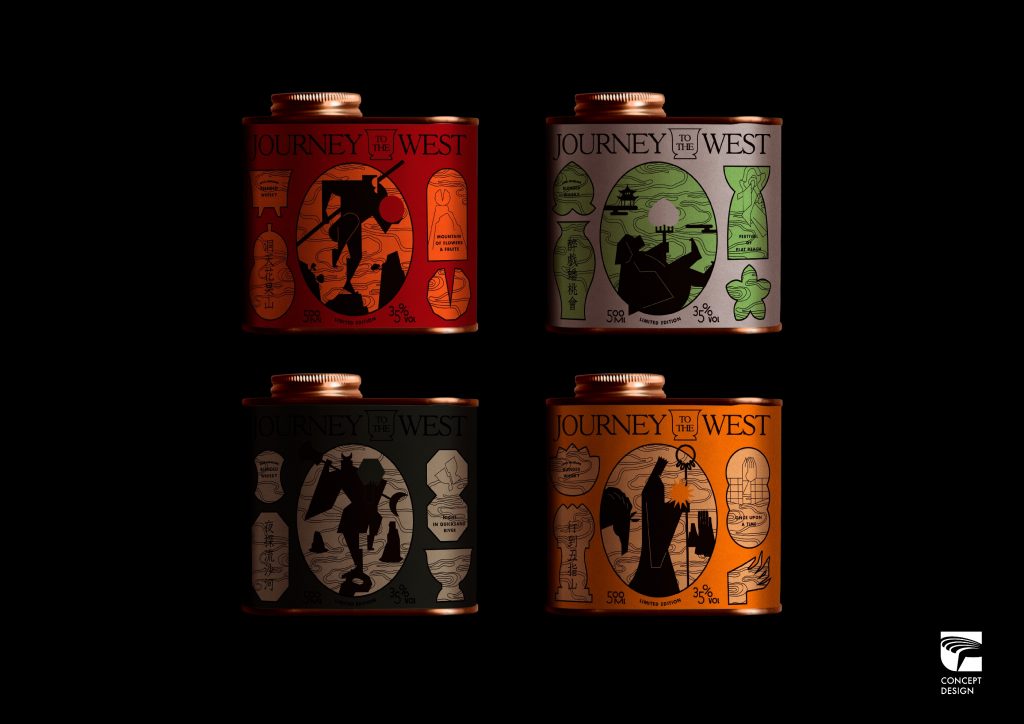
❚Journey to The West—Whisky Visual Design
Designer(s): Lung-Hao Chiang (Taiwan)
Category: Communication Design
Inspired by the 16th Chinese classic novel Journey to the West, Taiwanese designer Lung-Hao Chiang incorporated the elements of Eastern culture into a refreshing reinterpretation of western liquor packaging. Jury members praised the great marketing potential of his creative miniature liquor bottle designs.
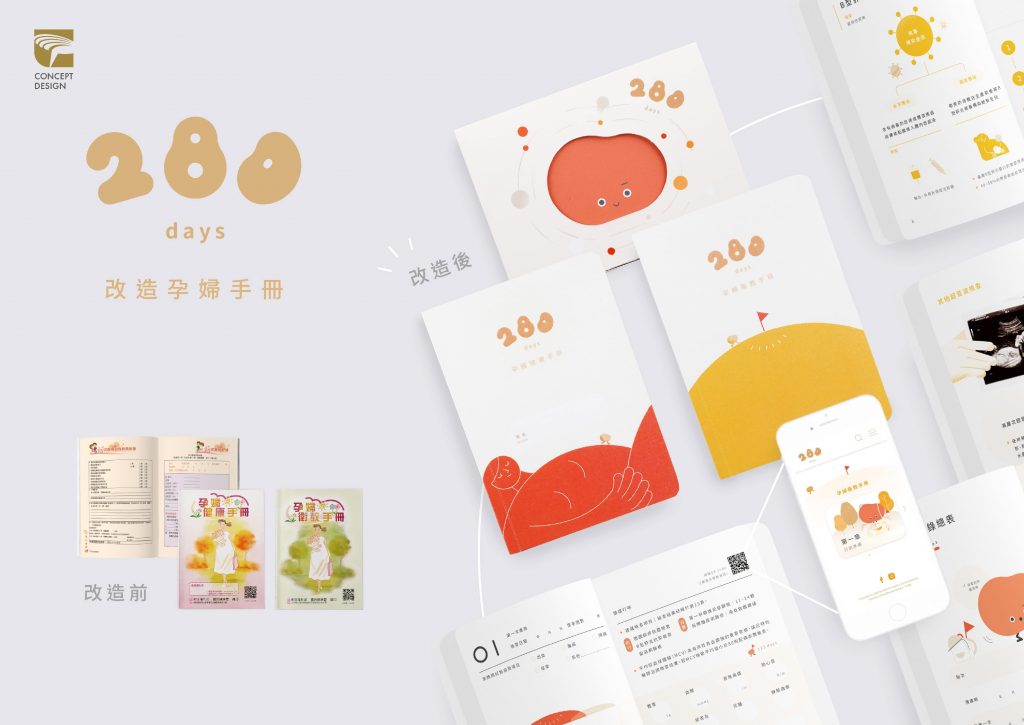
❚280 Days
Designer(s): Yu-Syuan Lin, Chu-Yin Yang, and Hung-Yi Lee (Taiwan)
Category: Communication Design
This maternal health booklet was designed to improve the readability of Taiwan’s current maternal health booklet. The team employed information design principles to rearrange the contents and eliminate the pain points experienced by current users; they also developed the design in both print and digital formats for a better user experience.
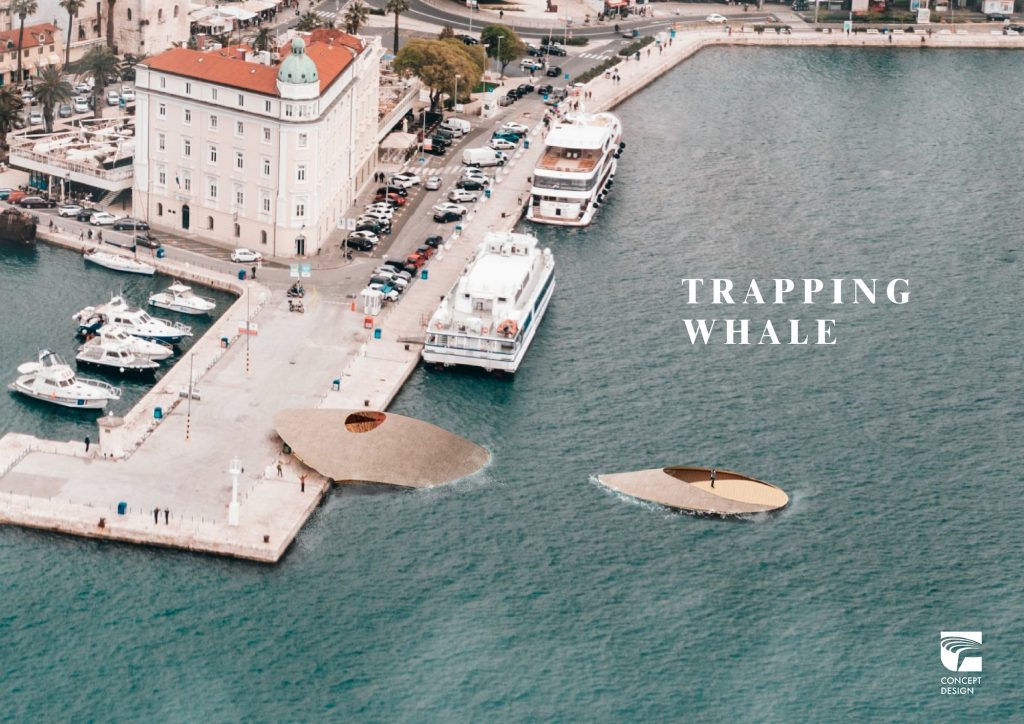
❚Trapping Whale
Designer(s): Cheng-Ju Liu (Taiwan)
Category: Spatial Design
Trapping Whale is a concept of a small recycling station for marine debris. It is a station half-submerged in the ocean whose internal structure is inspired by the organs of a whale. The station incorporates the placement of light and shadow into its design and also serves as a space for the public to experience and understand the importance of marine environment issues.
Follow this link for the Design Mark Winner List
Visit the official Website for all the winning concepts
Golden Pin Concept Design Award 2020
The 2020 Golden Pin Concept Design Award will hold the final selection on September 16th and 17th in Taipei. All 60 winning concept designs will compete to win a share of the award’s TWD$1,200,000 (approx. USD$39,000) prize and coveted Best Design trophy. Moreover, the 2020 Golden Pin Concept Design Award will also have its own Special Annual Award for the first time. Titled the “ConceptD Award,” it is set to be co-presented by the award organizers and Acer Inc. to honor designers with exceptional talent. Upon consideration of these important aspects, the most forward-looking designer shall prevail and claim the grand prize—NT$ 300,000 (approx. USD$10,000) worth of Acer ConceptD products tailored to the needs of designers, developers, and creators. The winners will be revealed at the award ceremony held on December 10th in Taipei. For the latest news on the Golden Pin Concept Design Award, please visit the official website (https://www.goldenpin.org.tw/en/) and follow us on social media.
About the Golden Pin Design Award Group
The annual Golden Pin Design Award is the longest-running international design award that celebrates products or projects expressly created for Chinese-speaking communities, offering entrants an unprecedented opportunity to prove their prowess in the world’s largest market.
The Golden Pin Design Award Group is comprised of two international awards — the Golden Pin Design Award, the Golden Pin Concept Design Award — and the Young Pin Design Award for students in Taiwan.
The Golden Pin Design Award Group is executed by the Taiwan Design Research Institute and organized by the Industrial Development Bureau, Ministry of Economic Affairs. The Ministry of Economic Affairs acts in an advisory capacity.
For the latest news on the Golden Pin Design Award, visit:
Official Website: Goldenpin.org.tw
Facebook: GoldenPinDesign
Instagram: GoldenPinDesign
YouTube: GoldenPinDesign
Weibo: GoldenPinDesign
WeChat: 金点设计奖
